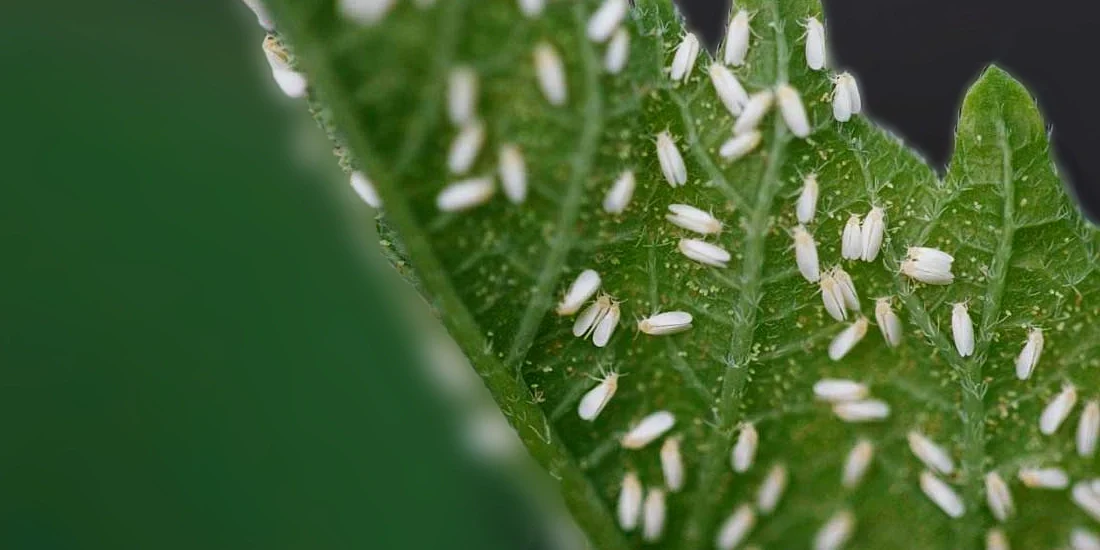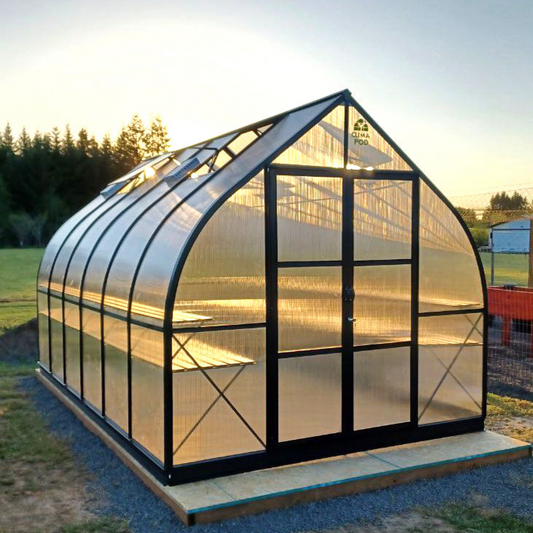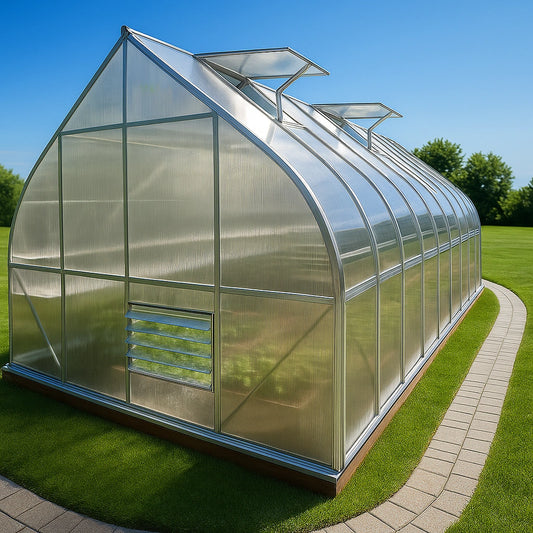
Whitefly (Aleyrodidae) in Gardens: Identification & Effective Control Methods
Even a small infestation can devastate your garden or greenhouse. Whiteflies (Aleyrodidae) are one of the sneakier pests: tiny, prolific, and hidden underneath leaves. Here’s how to identify and eliminate them before they ruin your plants.
What Are Whiteflies?

Whiteflies are tiny sap-sucking insects that thrive in colonies under foliage. Adult whiteflies (about 1 mm long) have white, powdery wings and yellowish bodies. During mild and humid conditions, especially in greenhouses, they reproduce rapidly, with each female laying up to 300 eggs in 2–3 weeks.
Why They’re Dangerous
- Whitefly adults and nymphs pierce leaves to feed on plant sap, weakening growth.
- They excrete honeydew, which promotes harmful sooty mold and spreads plant diseases.
- Infested leaves turn yellow, curl, drop, and plants often stop producing and may die.
- Commonly affected plants include tomatoes, peppers, cucumbers, eggplant, roses, fruit trees, and indoor ornamentals.
Prevention Strategies
- Quarantine new plants especially greenhouse seedlings or houseplants.
- Clean garden debris in fall to eliminate overwintering sites.
- Disinfect greenhouses in autumn with a mild insecticide; deep tilling in late fall helps expose eggs and larvae.
- Weed regularly: whiteflies often infest volunteer weeds before spreading to cultivated plants.
- Use yellow sticky traps near susceptible crops to catch flying adults early.
Control & Treatment Options
When infestations are heavy, more aggressive control may be needed:
- Insecticidal soaps & horticultural oils: Safe for edible plants when used per label directions.
- Biological solutions: Introduction of natural predators like Encarsia formosa in greenhouses.
- Approved chemical insecticides: Use products containing spinosad or imidacloprid only according to label and not during flowering to protect pollinators.
Tip: Spray in early morning or late evening, on dry days, and wear gloves and protective gear. Cover leaves fully, not just the top surface, to reach hiding whiteflies.
Early intervention is crucial. At the first sign of tiny white specks on leaves or a cloud of tiny insects when plants are shaken, act immediately to save your harvest.











